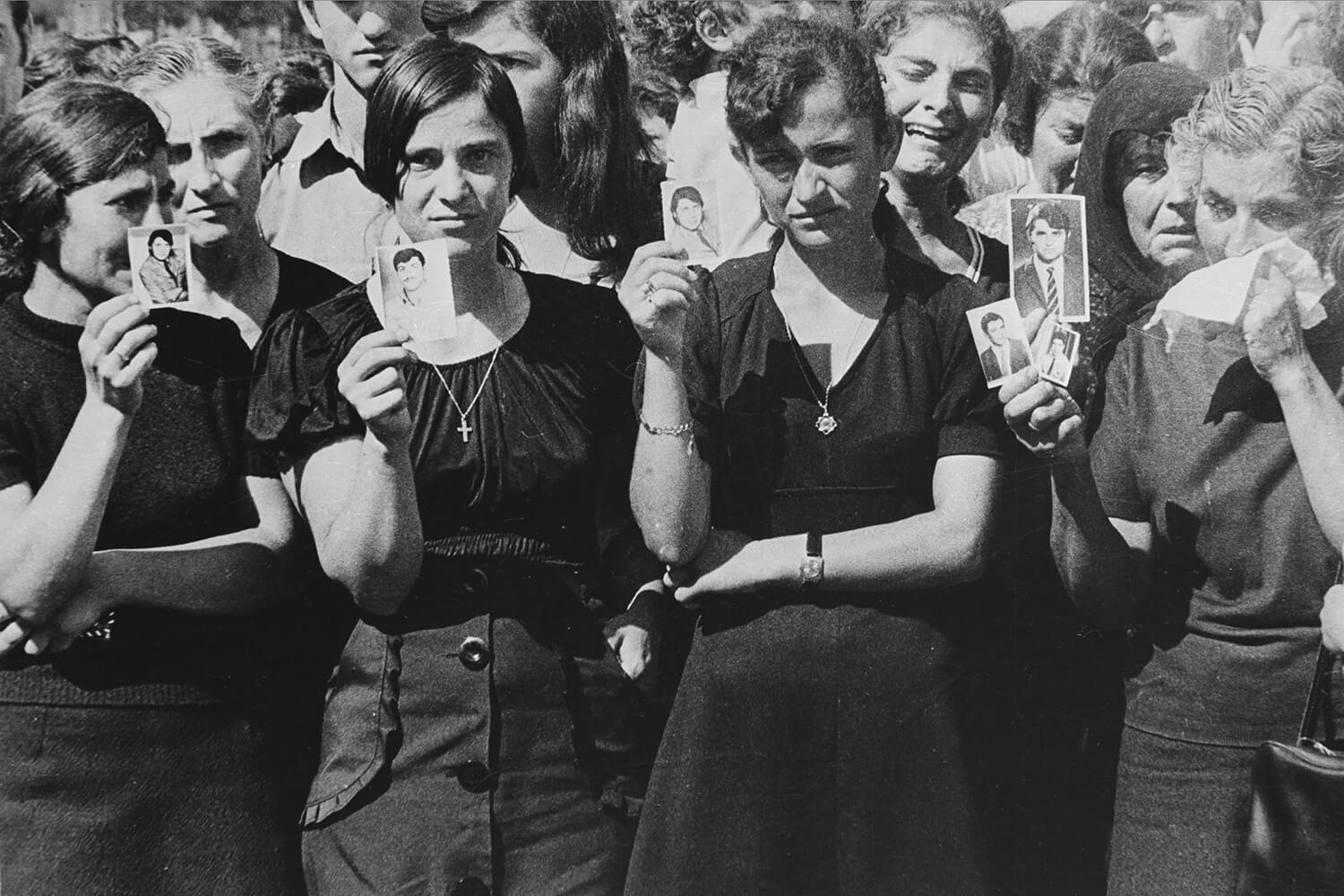Cyprus
A Laboratory for Contradictions of Transitional Justice: Positive Aspects and Unresolved Disagreements in Cyprus.
The Cypriot case illustrates several aspects of the phenomenon of enforced disappearances in different ways. It is a good example of the deadlock concerning the issue during the initial years of the conflict when no concrete steps were taken despite the existence of an international body, the United Nations. Also, it is a good example of the acceleration in the exhumation and identification efforts backed by the political will during the 2000s. Moreover, it is an excellent example for observing more closely the organic paradoxes and dilemmas of the transitional justice paradigm such as truth versus justice, proper burial versus responsibility and acknowledgment versus accountability. On the one hand it is the example par excellence of mutual trust, cooperation and collaboration and on the other hand, it is the example that shows the ambiguities of redress, responsibility and accountability. One may cite it as the most effective example of reconciliation owing to the depoliticization of the issue and the success of the exhumation and identification processes, whereas another perspective may criticize its over-technical approach lacking in accountability.
Background
Cyprus, which was governed under British rule as per the Cyprus Convention of 1878, was annexed by Britain in 1914. Since then, it has become the scene of different nationalisms and competing political projects of the two communities on the island, namely the Greek and the Turkish Cypriots. During the 1950s, the official political project of the Turkish Cypriots, which made up 18 percent of the total population, was the partition of the island, taksim; while the political leaders of the Greek Cypriots, which made up the majority of the population, were supporting union with Greece, enosis. Following the nationalist and anti-colonialist movements’ armed struggle, Cyprus declared its independence in 1960 and the Republic of Cyprus was established based on a power-sharing settlement by the signing of the Zurich and London Agreements between the United Kingdom, Greece and Turkey.
However, the establishment of an independent republic and its power-sharing agreement did not suffice to relieve the contentions between the political aspirations of the Turkish and Greek Cypriots. It did not soothe the political tensions between the “main countries,” namely Turkey and Greece, either. Before the independence, an organization seeking union with Greece through armed struggle, Ethniki Organosis Kyprion Agoniston (EOKA) was already founded in 1955. Also, a Turkish resistance organization, Türk Mukavemet Teşkilatı (TMT) was established to strengthen the calls for taksim, the partition of the island between Turkish and Greek Cypriots. On the one hand annexation with Greece became the main fear of the Turkish Cypriots and on the other hand, the predominant influence of Turkey over the island was unacceptable for the majority of the Greek Cypriots.
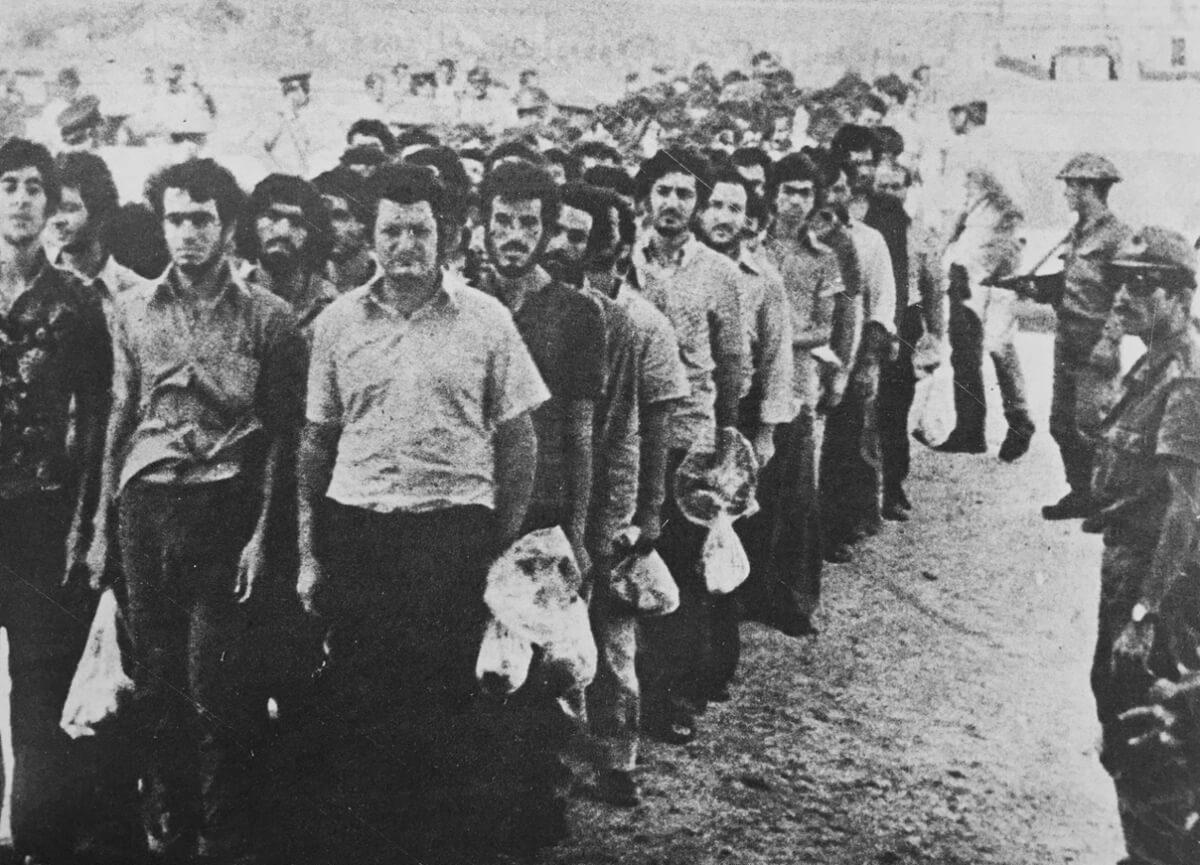
In 1963, immediately after the establishment of the Republic of Cyprus, intense inter-communal violence started between Greek Cypriots and Turkish Cypriots which lasted almost 11 years. “Between 1963 and 1967, Greek Cypriot extremist paramilitary groups carried out a number of atrocities, including the abduction of Turkish Cypriots; after being executed, their bodies were thrown into common graves in an effort to instill terror and to control Turkish Cypriot villages.” 1 Also, several Greek Cypriots were either executed or disappeared during that period. After years of inter-communal violence, the situation was worsened on July 15, 1974, with a coup d’état organized by the Greek Cypriot nationalists for annexation to Greece. A couple of days later, on July 20, 1974, the Turkish army invaded Cyprus claiming that the Republic of Turkey was exercising its right to intervene to restore the constitutional order. The Turkish invasion, resulting in the occupation of over 36 percent of the territory of Cyprus, worsened the situation tremendously and caused a massive human suffering: over 150,000 Greek Cypriots and 50,000 Turkish Cypriots displaced, 6000 dead and thousands of persons missing. In 1983 a separate state, the Turkish Republic of Northern Cyprus (TRNC) was established by unilateral declaration and was extensively criticized and condemned by the international community except for Turkey which was the only country that recognized the new state.2
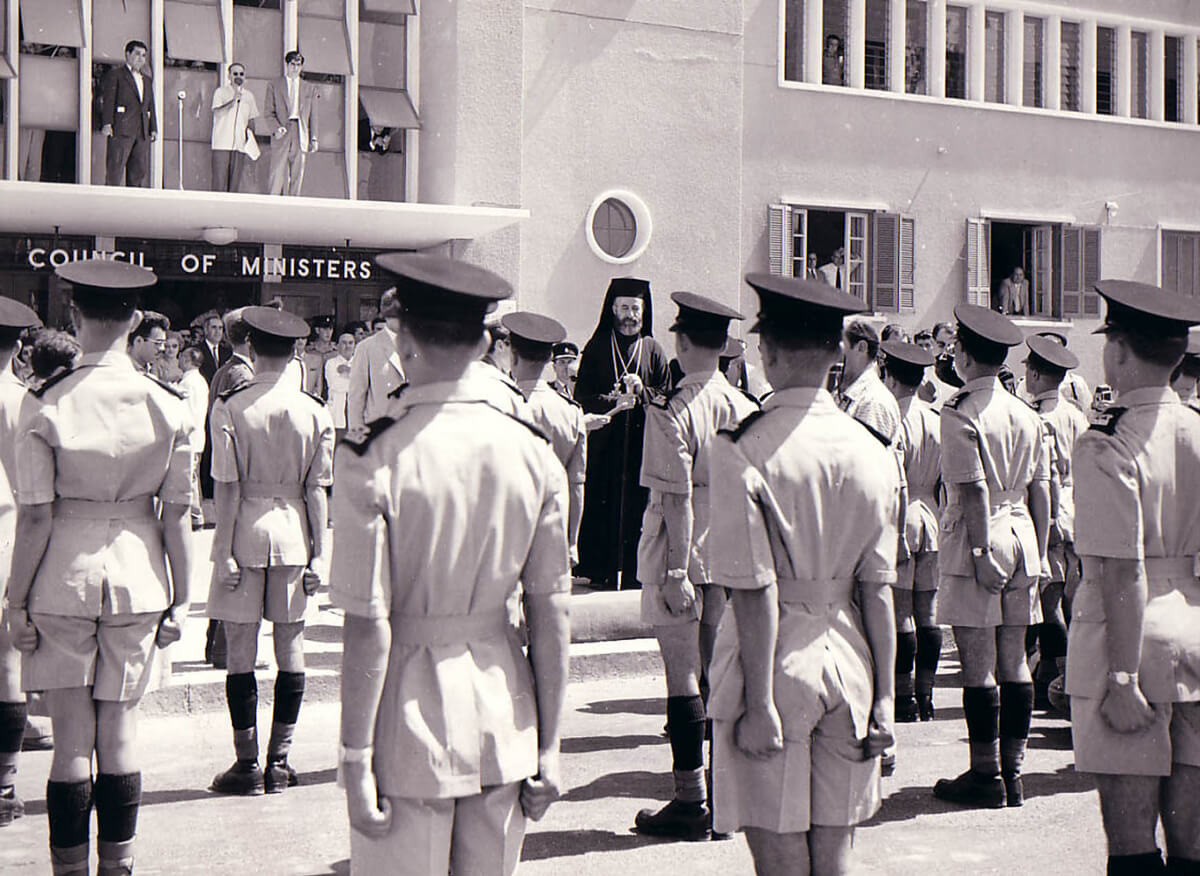
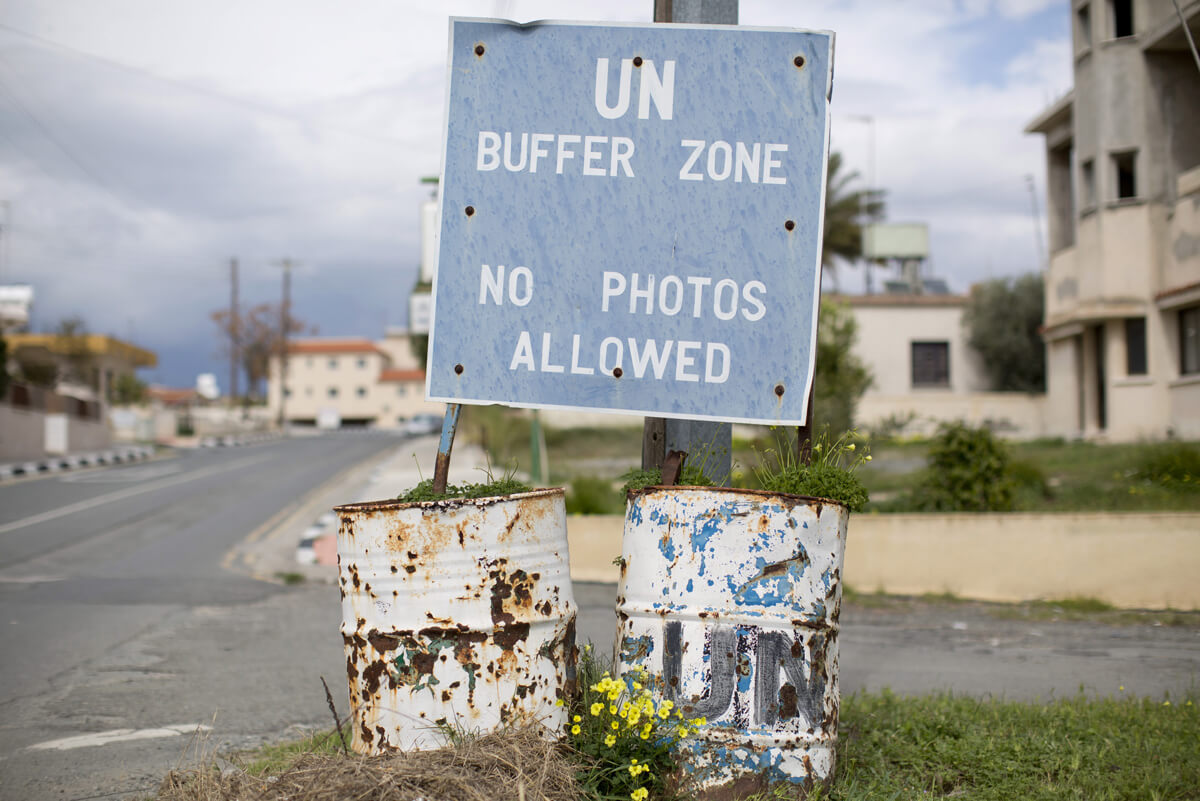
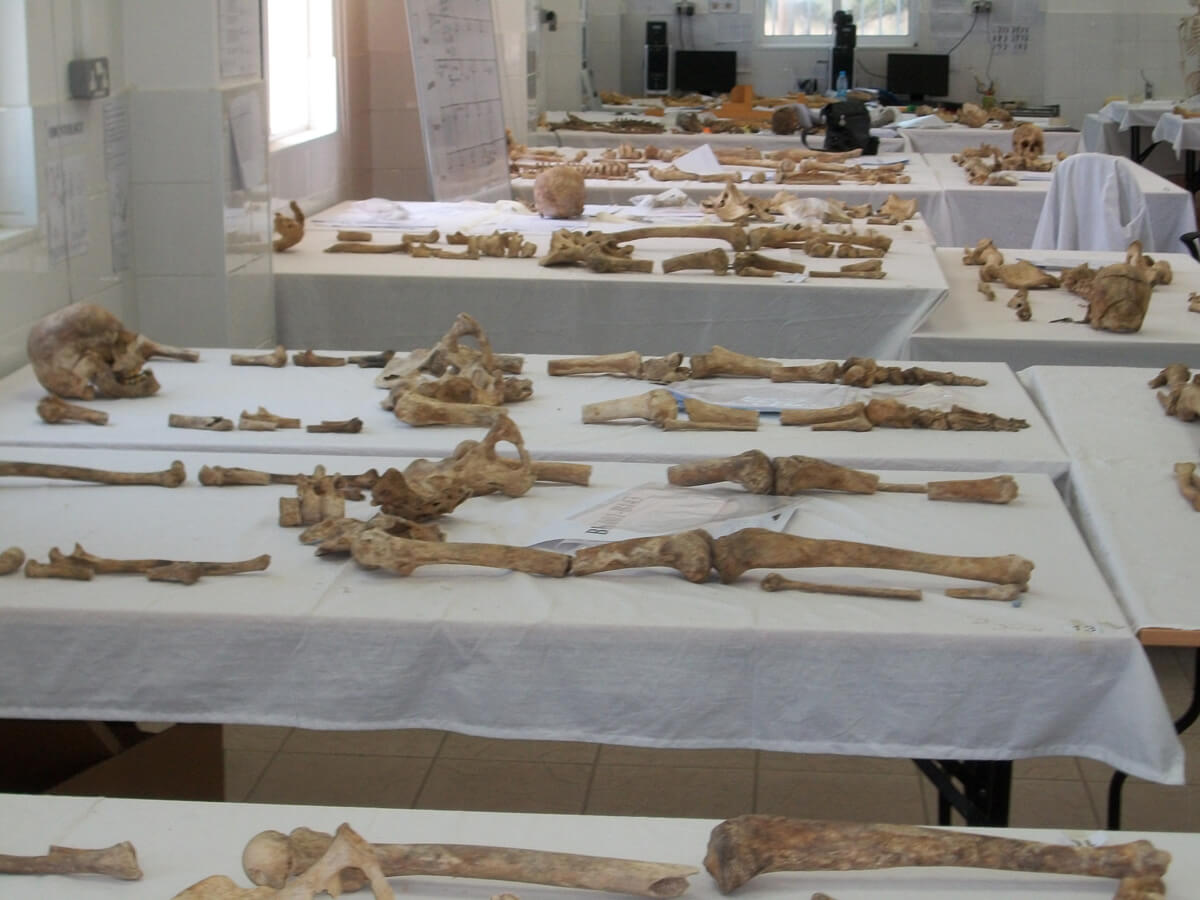
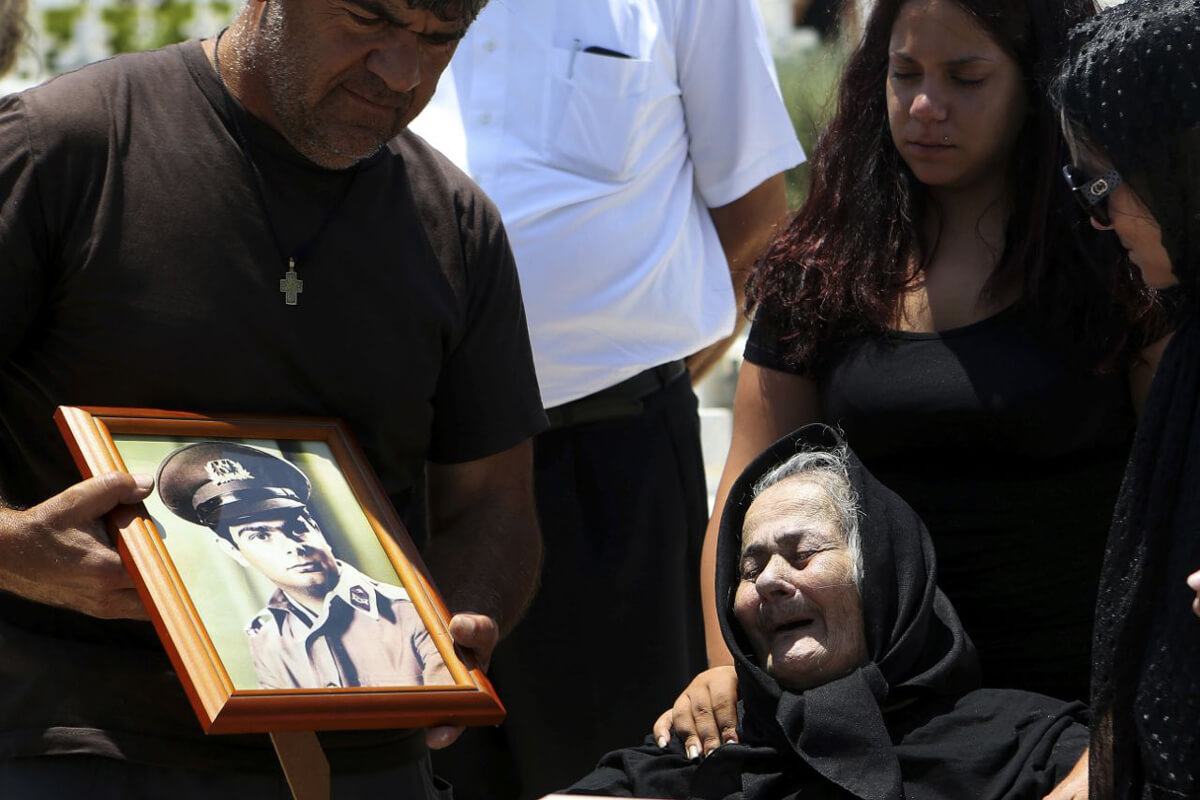
The partial lifting of the freedom of movement restrictions by the TRNC in 2003; the negotiations of a UN-sponsored plan, namely the Annan plan, for a comprehensive solution—although it was not implemented at the end—; the accession of the Republic of Cyprus to the European Union in 2004; and the reiteration of the commitment of the two sides to finding a solution for a bi-zonal, bi-communal federation declared by the pro-solution leaders of two communities partially mitigated the contentious situation in Cyprus.3 In other words, compared to the extremely rigid political attitudes prevailing over both parties, a process of relative détente was commenced in the early 2000s. Nevertheless, “Cyprus is a divided island that since 1974 has been stuck in a stalemate – not at an end of the war, but its suspension. […] What is more, although the Cyprus conflict is frozen, as though someone has pressed the ‘pause’ button, people know that the right trigger, pushing the right button, might begin the action again.”4 At first glance, the issue of missing persons seems to be a crucial exception within the complicated, conflictual history of Cyprus but a deeper analysis reveals that it also shares the same ambiguities.
Patterns of Crime
According to the data of the Committee on Missing Persons in Cyprus (CMP), the total number of missing persons in Cyprus is 2002, of this total 1510 are Greek Cypriots and 492 Turkish Cypriots.5 During the period of inter-communal conflict, mostly the Turkish Cypriots were disappeared, but approximately 40 Greek Cypriots also went missing.6 In this period, the missing were mostly civilians who were taken from their homes. The second period of the disappearances began immediately after the Turkish invasion of the island. This time, mainly the Greek Cypriots were targeted. “In sharp contrast to the first period when targets were civilians taken from their homes, in the second period, the majority of the missing were executed during military operations, usually by paramilitary groups who were settling old scores, often with the support of Turkish officers.” 7 The bodies of the missing were buried in mass graves spread throughout the island.
Relatives of the missing were also subject to other forms of grave human rights violations, both during the inter-communal violence and in the aftermath of 1974. In some of the cases, the families of the missing were also forcibly migrated which escalated the difficulty of the situation. Moreover, there were also cases of sexual violence against the families of the missing, including sexual harassment and rape especially during the inter-communal conflict but also after 1974. The issue of sexual violence was never recognized and constantly ignored by the political authorities of both communities.8
Considering the small population of the island, the number of the missing reveals that the problem directly affected a significant part of the Cypriot society. “In a recent survey, more than a 20 percent of the respondents claimed that a close family member went missing during the two periods of violence.” 9 The issue of the missing was, therefore, momentous not only due to its symbolic importance but also its magnitude. That is why after the establishment of the TRNC, despite the continuous and extreme political tensions and various issues of controversy, both sides decided to address the issue of the missing and commenced initiatives to this end earlier on, as compared to other elements of the conflict.
In 1981, a bi-communal body, the Committee on Missing Persons in Cyprus (CMP) was established by the leaders of the Greek Cypriot and Turkish Cypriot communities with the participation of the United Nations. However, the CMP was unable to exhume any graves and remained almost dormant for more than 20 years “mainly due to the lack of bi-communal cooperation and trust.” 10 The situation eventually changed and CMP began to exhume burial sites in the late 1990s and accelerated its work during the 2000s. As of 2018, CMP has opened 1215 sites through excavations and the remains of 664 Greek Cypriots and 221 Turkish Cypriots have been returned to their families after identification.11 The numbers show the important success of CMP, however, there are ongoing obstacles and controversies concerning its work as well. The Commissioner for Human Rights of the Council of Europe emphasizes that an obstacle to the efforts has been “ […] the persistent refusal of the Turkish military stationed in the north of the island to allow the search for and opening of possible burial sites located in military zones, and Turkey’s refusal to allow the search for missing persons from 1974 in the territory under its control or allow access to relevant military archives.” 12 It was only in 2015 that CMP was granted authorization to access military zones, a fact demonstrating the persistent reluctance of the political and military authorities concerning exhumations and identification.
Legal Situation
The legal situation of the missing in Cyprus unfolds in a complicated context. On the one hand, the Turkish Republic of Northern Cyprus is not recognized by the Republic of Cyprus and the partition of the island complicates the issue of the competent legal authority, on the other hand, the intervention of Turkey aggravates the situation concerning responsibility given that the majority of the missing was disappeared in the aftermath of the 1974 military intervention. In this regard, the fact that Turkey recognizes the jurisdiction of the European Court of Human Rights (ECtHR) has provided an international legal arena for the claims of the relatives of the missing as well as the official stakeholders.
The ECtHR was used in different manners in the context of the Cypriot missing persons. Firstly, the interstate application of the Republic of Cyprus against the Republic of Turkey to the ECtHR has been of tremendous importance in the legal scene of the disappeared. In its decision of May 2001, the Grand Chamber found a continuous violation of the procedural obligation of the Article 2 of the European Convention on Human Rights (ECHR) on account of the failure of the Turkish authorities to conduct an effective investigation into the whereabouts and fate of missing persons who disappeared in life-threatening circumstances.13 Besides, the court found a continuous violation of Article 5 and considered Article 3 violated in respect of the families of missing individuals, evaluating that the silence of the relevant authorities despite the real concerns of relatives may be categorized as inhumane treatment. “It is worth noticing that the ECtHR did not find that any of the Greek Cypriot missing persons had actually been detained by Turkish Cypriot authorities, due to the lack of sufficient evidence in this respect.” 14 After the decision, the Committee of Ministers supervised Turkey’s compliance with it and several interim resolutions were issued calling on Turkey to ensure effective investigations and support CMP’s work. Finally, with its decision on 12.05.2014, almost 13 years after its previous decision, the Grand Chamber decided that Turkey was to pay Cyprus 30,000,000 euros (EUR) in respect of the non-pecuniary damage suffered by the relatives of the missing persons on the question of just satisfaction in Cyprus versus Turkey case. 15
Turkish Cypriots also used the ECtHR as a legal instrument to make their claims on the violation of the right to life (Article 2), prohibition of torture (Article 3), right to liberty and security (Article 5) and also the prohibition of discrimination (Article 14). In Karabardak v. Cyprus and Baybora v. Cyprus cases, it was argued that these violations were committed due to the fact that the applicants were Turkish Cypriots and Muslims. These cases, however, were found inadmissible due to the implementation of the six months rule. In rejecting the application and unanimously declaring it inadmissible, the ECtHR stated that:
The Court notes that nothing was done by the applicants to bring the alleged disappearance of the first applicant to the attention of the authorities of the respondent State in the first twenty-five years following the alleged disappearance. In 1989 they lodged an application with the CMP. The applicants state that the CMP is not an effective remedy since it has failed to carry out any credible investigation into the alleged disappearance. However, they waited another twelve years before lodging their application with the Court. The applicants have not explained why they waited such a long time before invoking the assistance of the CMP and, subsequently, before lodging an application with the Court. […] For the Court, even assuming that the applicants had no effective remedies as alleged, they must be considered to have been aware of this long before 30 October 2001, the date on which they introduced their application. 16
The decisions of the court in these two cases were criticized for having a rather vague approach. Instead of recognizing the continuous nature of the crime of disappearance, the court limited itself to a blurred reference point for commencing the six months rule and argued that this reference point was dated well before 2001. Moreover, these decisions left the “[…] relatives of other disappeared persons in a limbo state as to which temporal point was pertinent to their cases.” 17
Finally, the case of Varnava and Others v. Turkey is worth mentioning as a case where the ECtHR reconsidered the conformity of the applications to the six months rule. The applications in the Varnava and Others case were lodged by 18 Cypriot nationals who argued that nine close relatives—eight military personnel, one civilian —disappeared in July 1974 from territories which at that time were under de facto control of Turkish or Turkish Cypriot forces. With this application, ECtHR discussed whether the 15-year period between the disappearances and the submission of the applications should be interpreted as an undue delay. “The applicants were able to demonstrate that the disappearance of their relatives was brought to the attention of Turkey in Cyprus within a short space of time by the Cypriot Government and the ICRC. The Court also recognized that it was reasonable ‘in the exceptional situation of international conflict where no normal investigative procedures were available’ for them to have due regard to the UN (the CMP investigation) and Cypriot Government’s efforts (the four inter-State claims).” 18 Although the discrepancy between the decisions handed down in the Turkish Cypriot cases and the Varnava case may be open to debate, it is obvious that the interpretation of the ECtHR in the Varnava case is crucial for ensuring that the guarantees and underlying values of the Convention are protected in a practical and effective manner, as stated in the decision itself.
Unlike other cases in which the perpetrators are mostly state officials, in the case of Cyprus, there are two groups of victims and perpetrators in two different communities that are still in conflict with one another.
Memorialization Efforts
Iosif Kovras, a researcher focusing on the grassroots movements of the relatives of the forcibly disappeared, argues that the official relatives’ association of the Greek Cypriot families, namely the Pan-Cyprian Organization of Parent and Relatives of Undeclared Prisoners and Missing Persons (the Organization henceforth) is one of the very few victims’ groups with massive political influence over the politicians.19 It is a group influential both domestically and internationally and has received much attention globally. Moreover, the Organization has the mandate to frame the problem, decide on the language of mourning, and shape the relations between the relatives of the missing and the official authorities. Unlike other cases in which the perpetrators are mostly state officials, in the case of Cyprus, there are two groups of victims and two groups of perpetrators in two different communities that are still in conflict with one another. Needless to say, foreign actors such as Turkey and perpetrators from Turkey are also on the scene, however, this does not alter the fact that the victims on both sides of the island have been very much supported by their own respective states.
Having said that, this political support has also meant—to some extent—a political manipulation and ossified the discourses of the relatives of the disappeared by incarcerating them into the national hegemonic discourse. This influence of the official relationships irreversibly marks the tone, vocabulary, and form of the mourning. Paul Sant Cassia emphasizes the importance of the different vocabularies used by the two sides of the island concerning the missing; it is named and remembered as şehitler (martyrs) in the Turkish Cypriot context and as agnoumeni (not-yet-recovered, unaccounted for) in the Greek Cypriot side. According to Sant Cassia, these choices of words are closely related to the political contexts of the two sides: the missing of the Turkish Cypriots represent the martyrs for the establishment of the new republic and are remembered through the frozen sculptures as a sign of the victory, whereas the missing of the Greek Cypriots represent something unfinished, a loss not dealt with, and a continuous wound.20
Given the fact that memorialization efforts and grassroots organizations are deeply shaped by the political situation and the political actors, it was only after a relative change in the political atmosphere that more inclusive bi-communal memorial initiatives were established. This process began in the late 1990s within a small circle in the Greek Cypriot Ministry of Foreign Affairs; a small group of politicians was convinced of “[…] the need to implement a novel policy on the missing based on two fundamental tenets: 1) the need to decouple the solution of the issue from political negotiations for the solution of the Cyprus problem and 2) the need to handle the cases of the missing citizens of the Republic (both Greek Cypriot and Turkish Cypriot) transparently.” 21 Thus, the depoliticization of the issue of the missing commenced in the Greek Cypriot society against the backdrop of its earlier over-politicization. On the Turkish Cypriot side, it was only after the 2000s that the ultra-nationalist and rigid stance partially changed. Especially Turkey’s accession process to the European Union and the more pro-solution position of the newly elected Turkish government in 2003 along with the removal of the strict nationalist Turkish Cypriot politicians opened up a space of opportunity. The “egoism of victimization” of the Turkish Cypriot side and the “philanthropy of victimization” 22 of the Greek Cypriot side, both instrumentalized in different strategies, were diluted following the shift in the political arena.
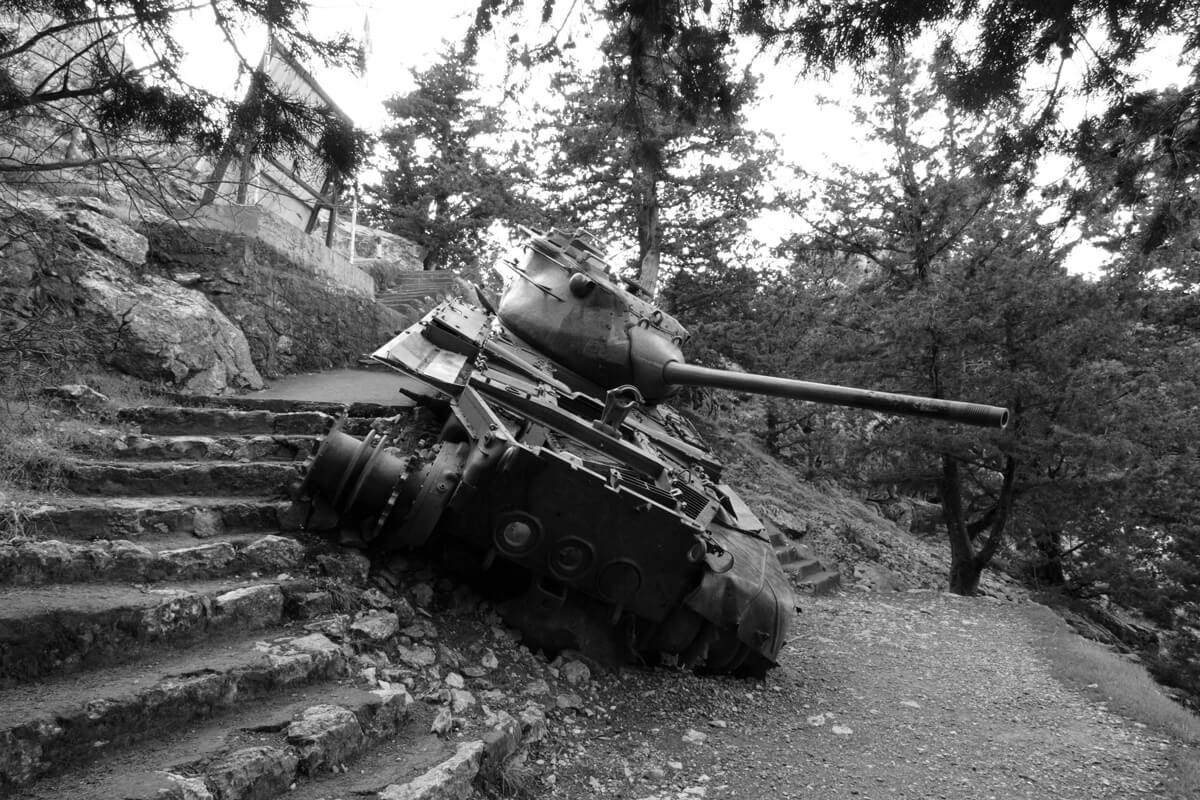
New bi-communal groups of relatives were established in the post 2000s momentum, such as Together We Can which had a more inclusive approach, a humanitarian and personal vocabulary instead of an over-politicized one, and a common understanding of mourning. The initiative was established by the younger generation (children of the disappeared) who had different perspectives than their parents and were more open to hear about the pain of the other side. “Briefly stated, their mobilization aimed at promoting an alternative view of the violent past by drawing on shared experiences of grief, distress and motherhood across the divide.” 23 It was only after the establishment of these relatives’ organizations by the younger generation that talking to the “other” was not perceived as a betrayal. This bi-communal and inclusive approach, it seems, has a long way to go within the two communities of Cyprus.
Individual Story
THE COMMITTEE ON MISSING PERSONS IN CYPRUS
The story of the Committee on Missing Persons in Cyprus (CMP) reveals the contradictions of transitional justice in an in-depth manner. CMP is a bi-communal body established by the leaders of the Greek Cypriot and Turkish Cypriot communities with the participation of the United Nations in 1981. Following the establishment of an agreed list of missing persons, CMP’s objective has been to recover, identify, and return to their families the remains of 2003 persons who went missing during the inter-communal fighting of 1963 – 1964 and the events of 1974. CMP, however, stayed almost dormant for more than 25 years and began to operate gradually at the end of the 1990s, and more rapidly during the 2000s.
CMP has three members, two appointed by the Greek Cypriot and Turkish Cypriot communities respectively, and a third member selected by the International Committee of the Red Cross and appointed by the United Nations Secretary-General. CMP also employs a bi-communal forensic team of more than 60 Cypriot archeologists, anthropologists and geneticists, who conduct excavations throughout the island and anthropological and genetic analyses of the remains. The main work of CMP is the exhumation, identification and return of the bodies to their families. According to its mandate “The CMP does not attempt to establish the cause of death or attribute responsibility for the death of missing persons. Its objective is a humanitarian one, bringing closure to thousands of affected families through the return of the remains of their missing relatives.” 24 The experts cannot inform the families about the situation of the body/remains of the missing and are bound by strict confidentiality while performing their work. Between 2006 and 2018, CMP exhumed 1218 individuals, identified 664 Greek Cypriots and 221 Turkish Cypriots and returned them to their families.
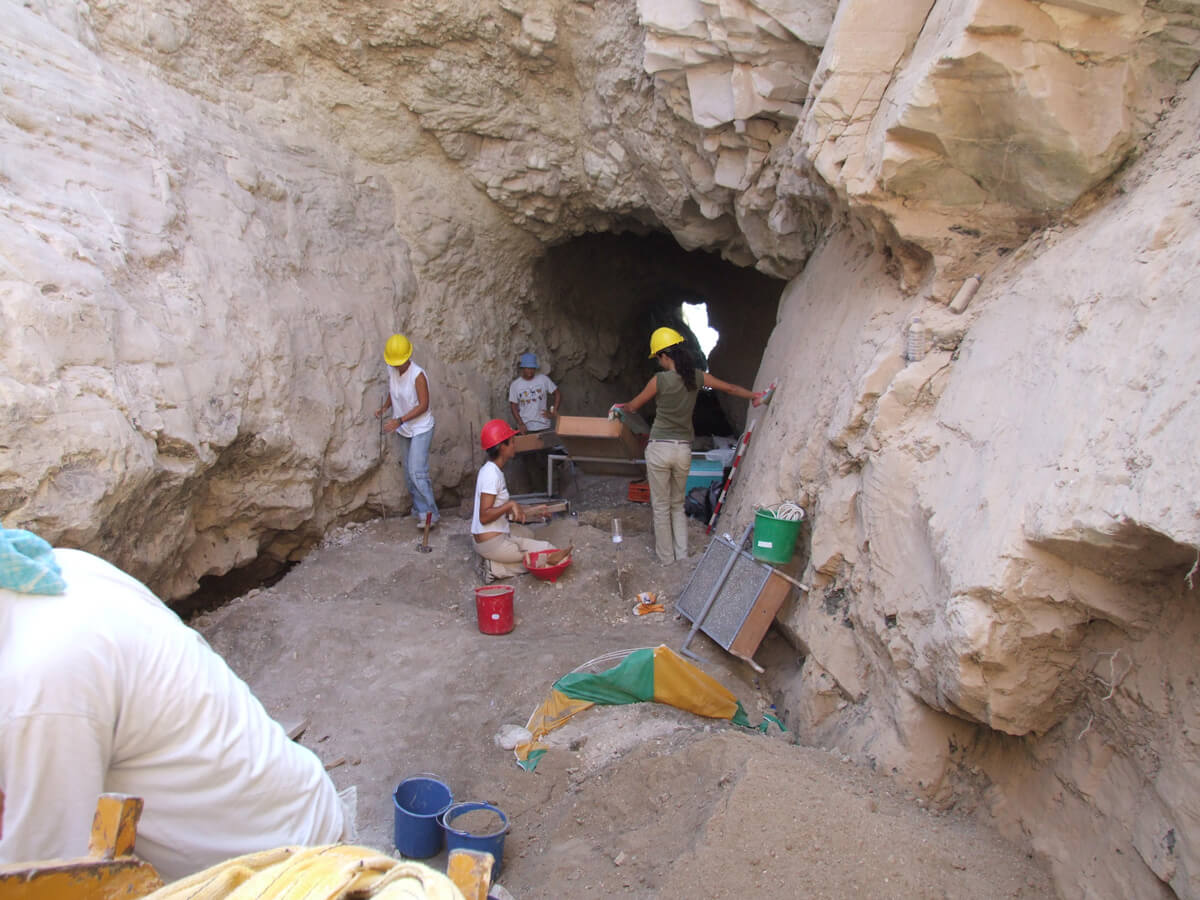
On one hand it is a success story especially considering the stalemate in Cyprus but, on the other hand, the strict confidentiality concerning both the informants of the burial sites, who could also be the perpetrators and the causes of death instigates deeper queries and hinders further investigation into the truth. The truth seems to be very partially provided and exhumation and identification are only possible with the preclusion of legal accountability. 25 Total depoliticization has made the operation of CMP possible but it has also jeopardized the possibility of justice, legal accountability, and deeper political debate. The tension between truth and justice, exhumation and responsibility, memorial aspects and legal aspects of the missing, it seems, still remains unresolved.

